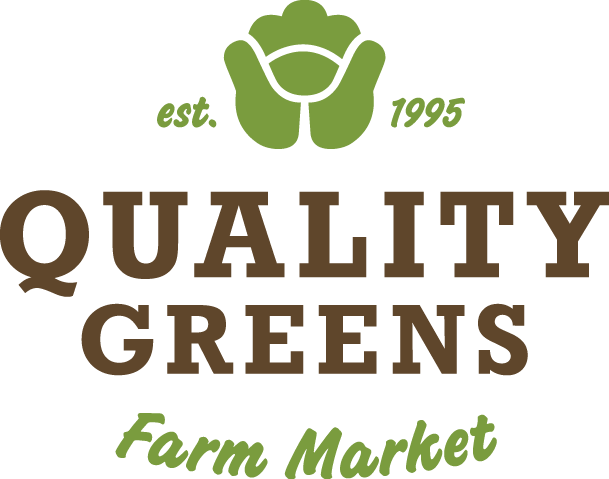
The "You Project"
March 31, 2021 by Lisa Aschenbrenner
Ok! I’m hoping you are still following along from a few blogs ago, where we started this concept of the “You project”. This project included us making notes about our own 2 main health concerns, and 2 food lists. One food list contains foods that you know you want/should reduce or fully remove as you notice you are consuming things you know may not be optimal for you, or maybe it is good foods, but find that they do not make you feel good. The other food list are items you feel you’d be wise to add in, such as more veggies, healthy fats, etc, as well as add to your regular items consumed that you feel good about.
If you compare what you eat to what you think you’d be best to eat, as we all eat things we know aren’t great for us, and sometimes we skimp on those foods we know we should eat more of, you can use that information to crate your most optimal food list, and use that as your guide for long term planning.
If you did this challenge, it’s a great time now to dive in and see how how much of a change in what you eat and how you feel you can experience.
It may not be as simple as that, but it can be. If you have some digestive challenges, ranging from poor appetite to never feeling full, or being constipated or diarrhea, or seeing undigested food in your bowel movements.
This is a whole other topic - looking in the toilet, and using that as an indicator of what is going on. If there are some unwanted symptoms there, you will likely need more tweaking with your food plan.
Some things to think about…..
If digestion is weak, meaning you can see undigested food in your bowel movements, this is important information. You need to give some power to your digestive organs. Start by eating easier to digest foods. Cooked and well chopped up veggies, like in a soup, or roasted, etc. Fruit can be easy to digested, but even more so when cooked.
Plants (carbs) like veggies and fruit, tend to be some of the easiest foods to digest, but cooking them makes them even more digestible. Sprouting seeds and nuts also makes them easier to digest, and more nutrient dense as well.
Vegetable and bone broths are great ways to get nutrients shuttled into your body with very little digestion needed. Bone broth especially can be a huge healing support. You can use those broths in a mug, or add to a soup, or use to make rice or quinoa type of foods that normally just use part to be absorbed.
I will add more details on this next week regarding the other lesser easy to digest macros - protein (animal meat and products), and fats.
Your local Quality Greens markets has an incredible selection of whole foods to use in your optional you food plan! And their prices are amazing. I am thrilled at the low cost of the big box of produce that I walk out of the store with each visit!
Have a great week :)
Lisa.
